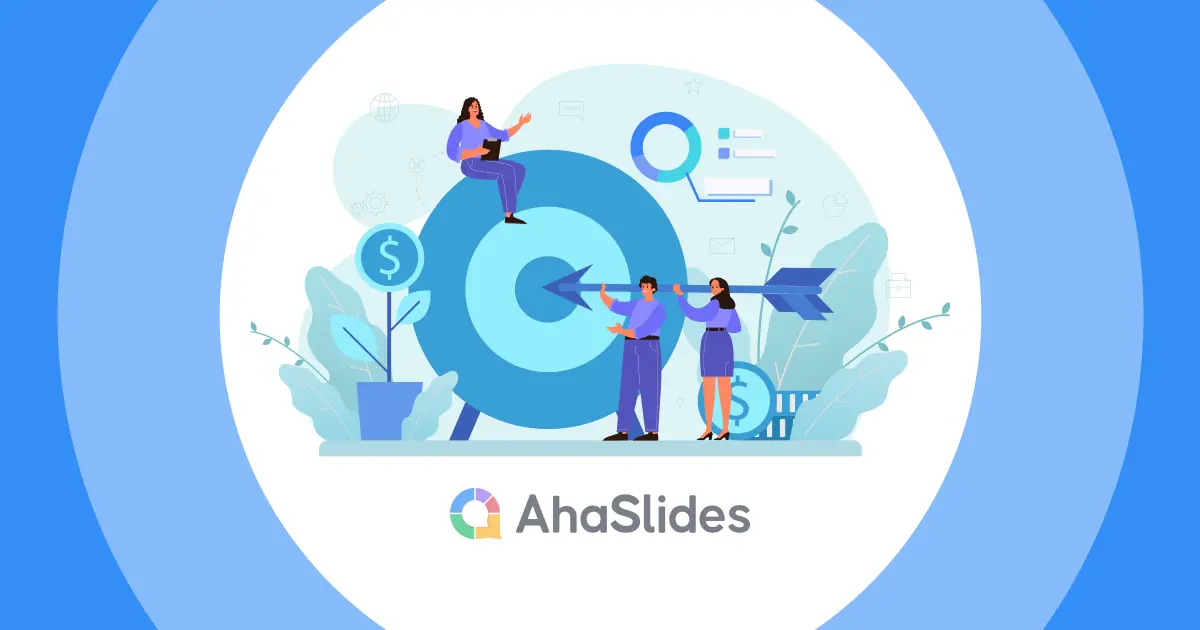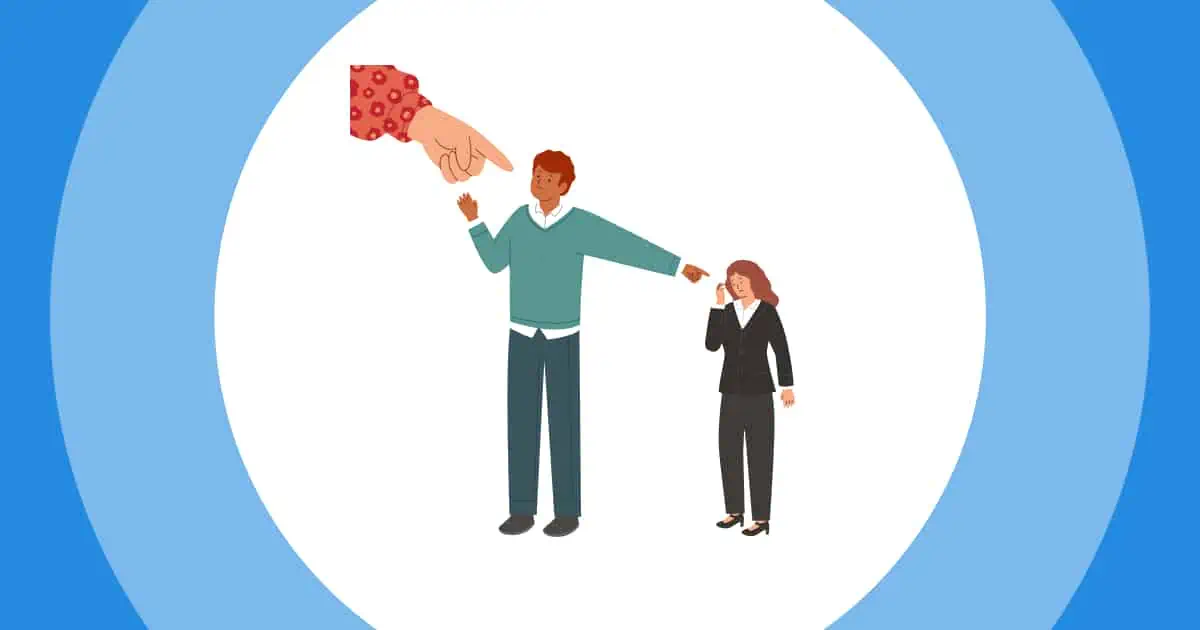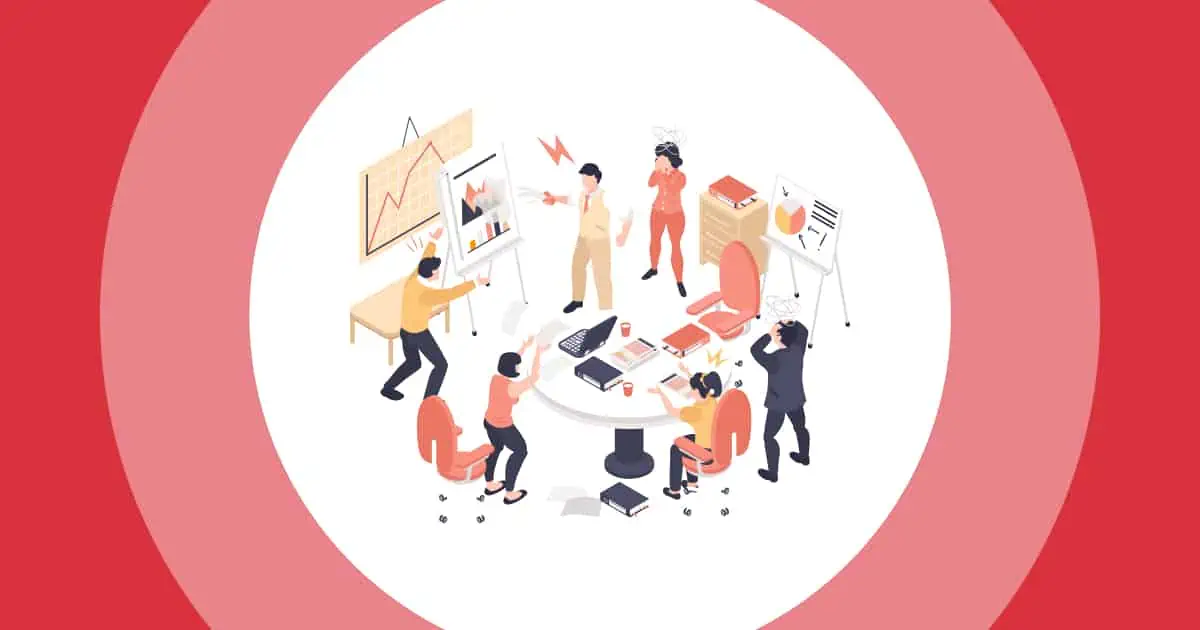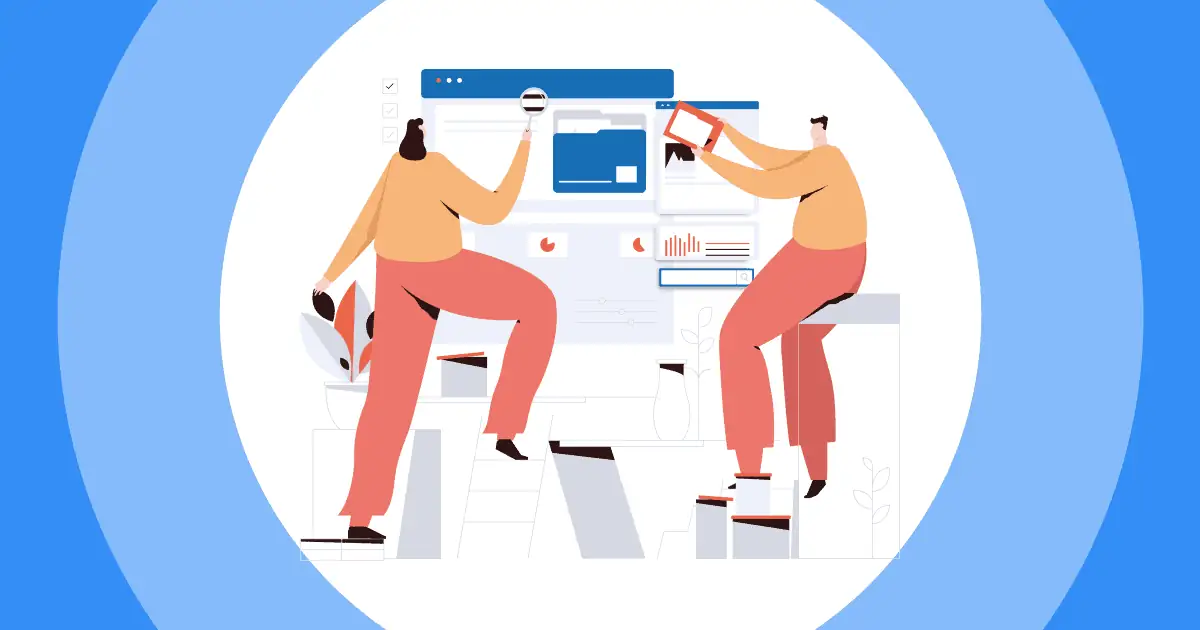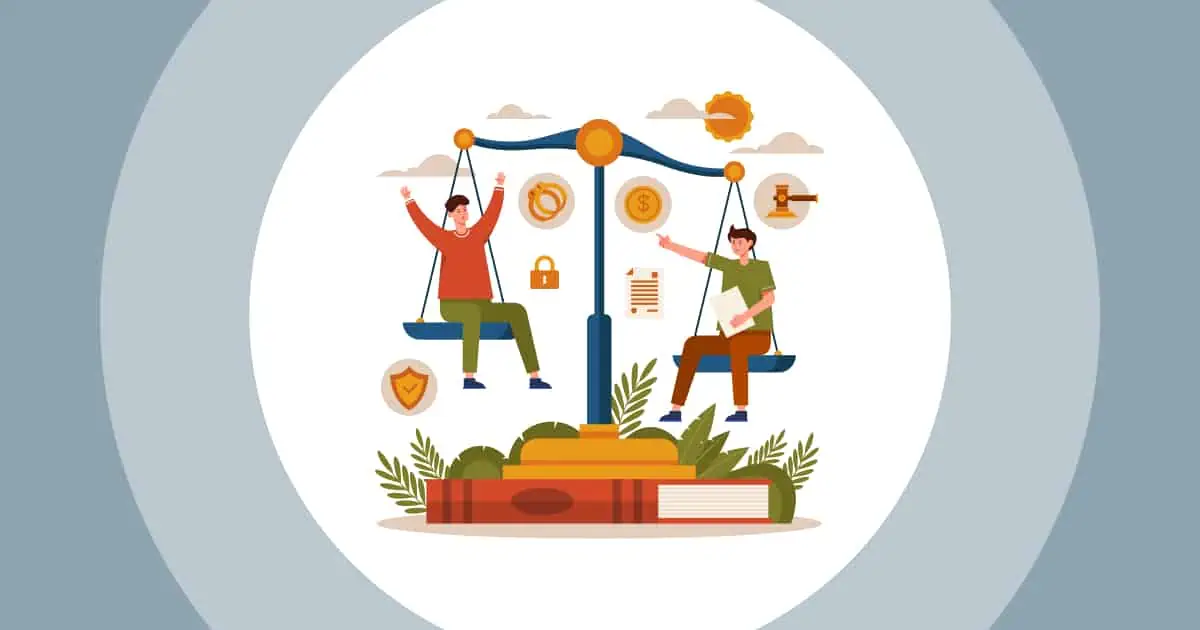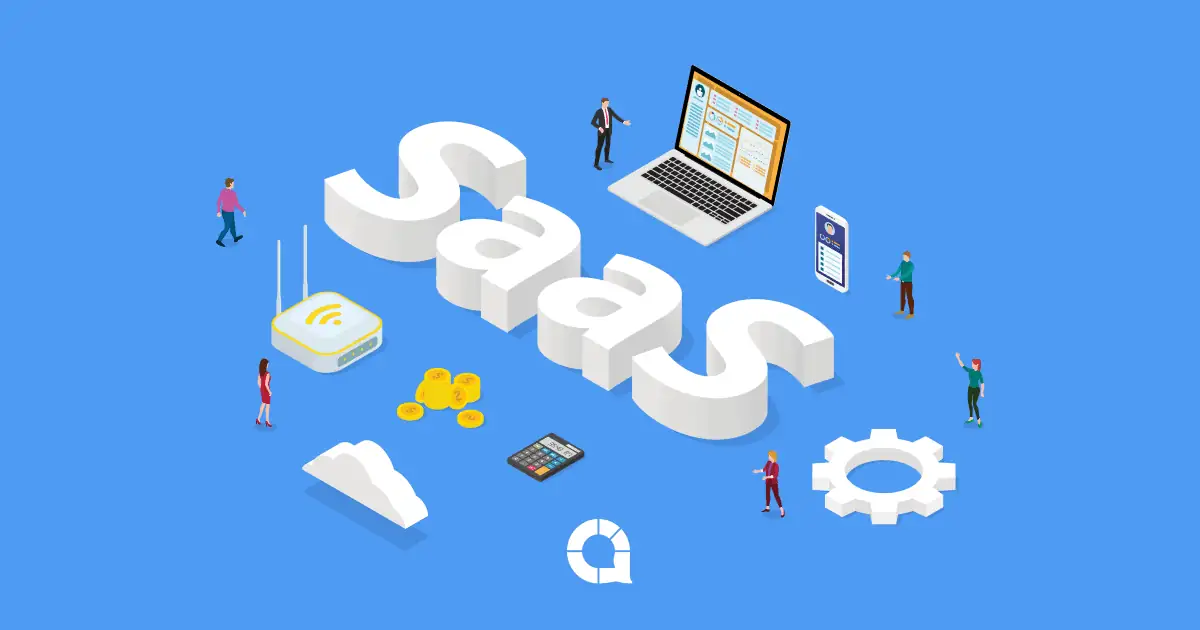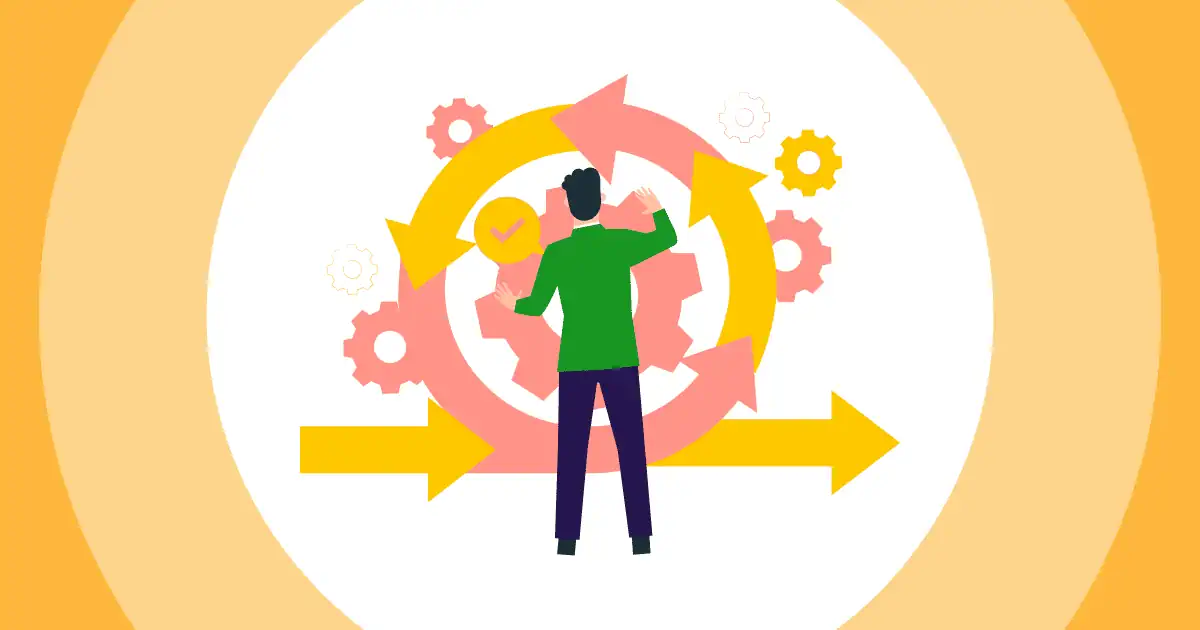你有沒有想過,為什麼有些團隊的專案管理如此流暢,簡直像變魔術?那就來了解一下看板吧!它是一種簡單卻強大的方法,徹底改變了人們的工作方式。在這篇文章中,我們將揭開「看板是什麼?」的神秘面紗,並探索其簡單的原理如何在各個領域提升生產力、簡化流程。
目錄
什麼是看板?
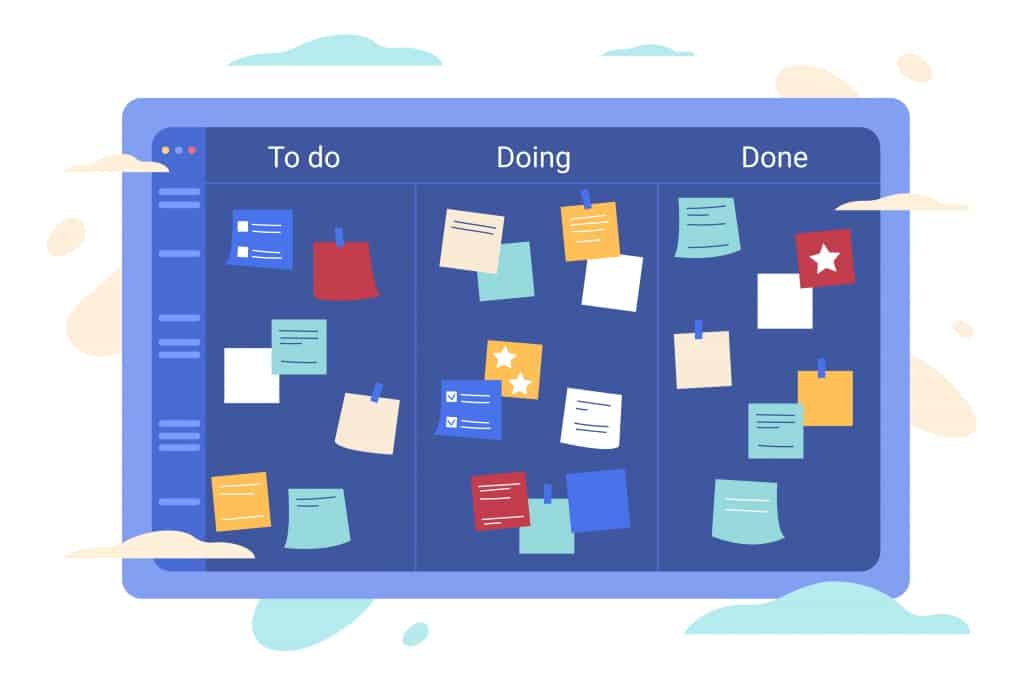
什麼是看板? 看板最初由豐田於 1940 世紀 XNUMX 年代開發,現已成為一種廣泛採用的可視化管理系統,用於限制在製品 (WIP) 並協調各個行業的工作流程。
看板的核心是一種簡單且有效率的方法,旨在優化工作流程並簡化流程。 「看板」一詞源自日語,意為「可視化卡片」或「信號」。
從本質上講,看板作為工作的視覺表示,使用卡片或板來傳達任務及其各自的狀態。 每張卡片代表一項特定的工作或活動,讓團隊能夠清晰、即時地了解其工作進度。 這種簡單的方法提高了透明度,使團隊更容易有效地協作和管理任務。
看板和 Scrum 有什麼不同?
看板:
- 流程導向:像連續流程一樣運作,沒有固定的時間範圍。
- 視覺系統:使用看板直觀地追蹤和管理任務。
- 適應性角色:不強迫特定角色,適應現有結構。
Scrum:
- 時間限制:在稱為衝刺的固定時間範圍內運作。
- 結構化角色:包括 Scrum Master 和產品負責人等角色。
- 計畫工作量:以固定時間增量規劃工作。
簡單來說:
- 看板就像一條穩定的溪流,可以輕鬆適應您團隊的工作方式。
- Scrum 就像衝刺一樣,有著明確的角色和結構化的規劃。
看板和敏捷有什麼差別?
看板:
- 方法論:敏捷框架內的可視化管理系統。
- 靈活性:適應現有的工作流程和實務。
敏捷:
- 理念:一套更廣泛的迭代和靈活專案管理原則。
- 宣言:以敏捷宣言為指導,促進適應性和客戶協作。
簡單來說:
- 看板是敏捷家族的一部分,為視覺化工作提供了靈活的工具。
- 敏捷是一種哲學,而看板是其適應性強的方法之一。
相關新聞: 敏捷方法論| 2023 年最佳實踐
什麼是Kainban板?
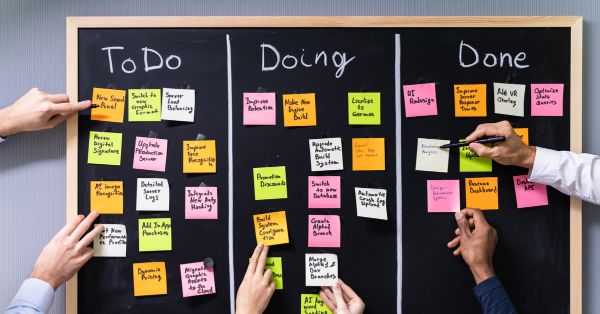
看板是看板方法的核心。 它能夠提供整個工作流程的視覺化快照,為團隊提供管理任務和專案的簡化方法。
看板的美妙之處在於它的簡潔性。它不強加僵硬的結構或固定的時間表,而是擁抱靈活性。
- 想像一個數字或實體板,其中的列代表專案的不同階段 - 任務來自 “待辦事項” 至 '進行中' 最後到 '完畢' 隨著它們的發展。
- 每個任務都由一張卡片代表,也稱為 “看闆卡”,顯示任務描述、優先順序和受讓人等基本詳細資訊。
- 隨著工作的進展,這些卡片可以在各列之間平穩過渡,反映每項任務的當前狀態。
此方法論依賴透明度,使團隊成員能夠一目了然地掌握當前情況。看板不僅僅是一種工具;它是一種鼓勵持續改進和適應性的思考方式。
Kaiban 的 5 個最佳實踐
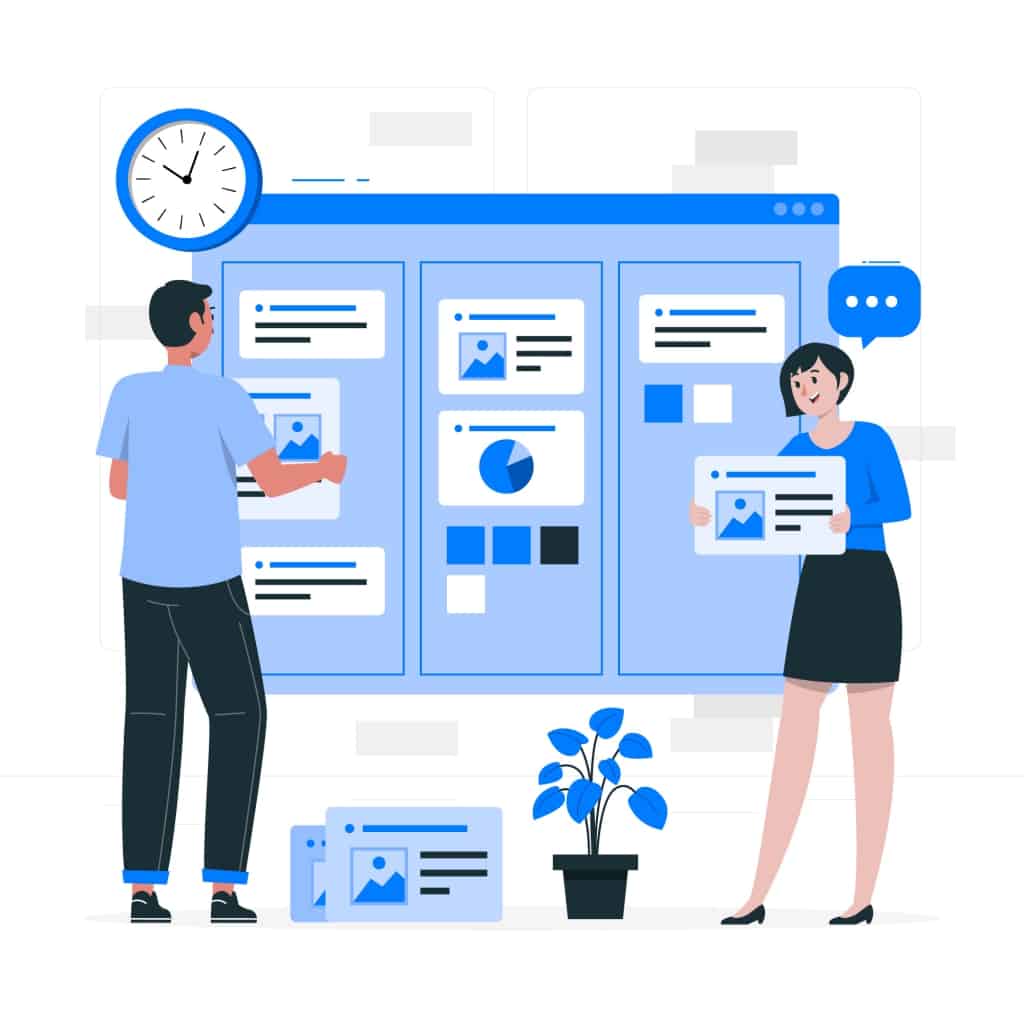
讓我們深入研究看板的核心實踐。
1/可視化工作流程:
第一個實踐就是讓工作可見。 看板透過看板引入了工作流程的可視化表示。
如上所述,此看板就像一個動態畫布,每個任務或工作項目都由一張卡片表示。每張卡片會在不同的列之間移動,代表工作流程的各個階段——從最初的「待辦事項」到最終的「完成」。
這種視覺表現形式非常清晰,讓團隊成員可以一眼看到正在進行的工作、已完成的工作以及接下來的工作。
2/ 限制在製品 (WIP):
第二種做法圍繞著維持可管理的工作負載。
限制正在進行的任務數量是看板方法的關鍵方面。 這有助於防止團隊成員超負荷,並確保穩定且有效率的工作流程。
透過限制在製品 (WIP),團隊可以在繼續新任務之前專注於完成任務,從而防止瓶頸並提高整體生產力。
3/ 管理流程:
什麼是看板? 看板就是為了讓工作順利進行。 第三種做法是不斷監控和調整任務流程。 團隊努力從開始到結束保持穩定、可預測的工作流程。
透過管理流程,團隊可以快速識別工作可能會放緩的領域,從而及時進行調整以使一切步入正軌。
4/ 制定明確的政策:
第四個練習的重點是讓每個人都清楚遊戲規則。 看板鼓勵團隊定義並明確管理其工作流程的策略。
這些政策概述了任務在不同階段的推進方式、定義任務優先順序的標準,以及團隊流程特有的其他規則。明確這些政策可以確保每個人都達成共識,並有助於就工作方式達成共識。
5/ 持續改進:
持續改進是看板的第五個實踐,或許也是最重要的實踐。它旨在培養反思和適應的文化。團隊定期檢視其流程,尋找提升效率和效力的機會。
這鼓勵人們從經驗中學習,做出小的、漸進的改變,以隨著時間的推移而改進。
從本質上講,看板的最佳實踐是可視化工作、控制流程、維護可管理的工作負載、定義明確的策略以及始終努力改進。 透過遵循這些原則,團隊不僅可以更有效地管理工作,還可以培養協作、適應和持續成長的文化。
使用看板的技巧
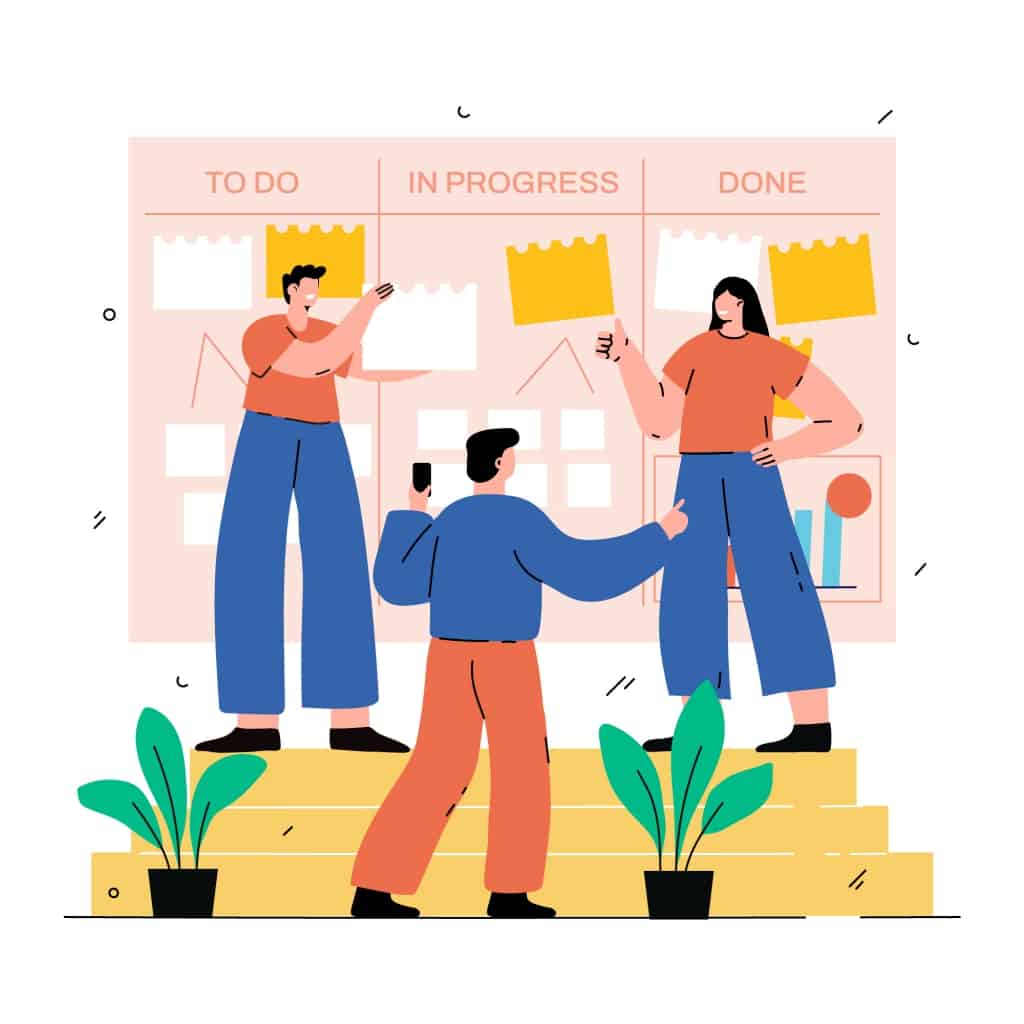
什麼是看本? 使用看板可以大大增強工作流程和專案管理。 以下是一些充分利用看板的實用技巧:
擁抱您目前的工作方式:
將看板應用於您目前的任務和流程,並根據團隊現有的工作方式進行調整。看板不像其他方法那樣嚴格;它能夠很好地適應您團隊慣常的工作方式。
逐漸做出改變:
不要一下子做出大的改變。看板喜歡循序漸進的小改進。這樣,你的團隊就可以慢慢進步,並隨著時間的推移不斷做出積極的改變。
尊重您現在的工作方式:
看板適合您的團隊,而不會擾亂已經完成的事情。 它了解並重視您的團隊結構、角色和職責。 如果您目前的做事方式很好,看板可以幫助使其變得更好。
每個人的領導力:
看板無需高層指令。它允許團隊中的任何人提出改進建議或主導新想法。每位團隊成員都可以分享想法,提出新的工作方式,並成為改善工作的領導者。一切都是為了一點一點進步。
透過堅持這些想法,看板可以輕鬆地成為團隊工作方式的一部分,逐步使事情變得更好,並讓團隊中的每個人都為做出積極的改變做出貢獻。
關鍵要點
什麼是看板?在總結我們對看板的探索時,想像一下使用 AhaSlides 增強團隊合作。透過量身訂製的 模板,AhaSlides 改變了團隊會議和腦力激盪。團隊可以參與高效率的團隊會議 互動功能並在腦力激盪會議中釋放創造力。 AhaSlides 是您增強協作和生產力的催化劑,與看板的簡潔性完美互補。 AhaSlides 將看板與卓越的互動功能完美結合,協助您提升團隊潛能。
關於什麼是看板的常見問題解答
簡單來說什麼是看板?
看板是一種視覺化系統,可透過在看板上視覺化任務來幫助團隊管理工作,從而輕鬆追蹤進度。
看板的 4 個原則是什麼?
- 視覺化工作:在板上顯示任務。
- 限制進行中的工作 (WIP):避免團隊超載。
- 管理流程:保持任務穩定進行。
- 制定明確的政策:明確定義工作流程規則。
敏捷中的看板是什麼?
看板是敏捷框架的靈活部分,專注於視覺化和優化工作流程。
什麼是看板與 Scrum?
- 看板:以連續流程工作。
- Scrum:在固定的時間範圍內工作(衝刺)。
